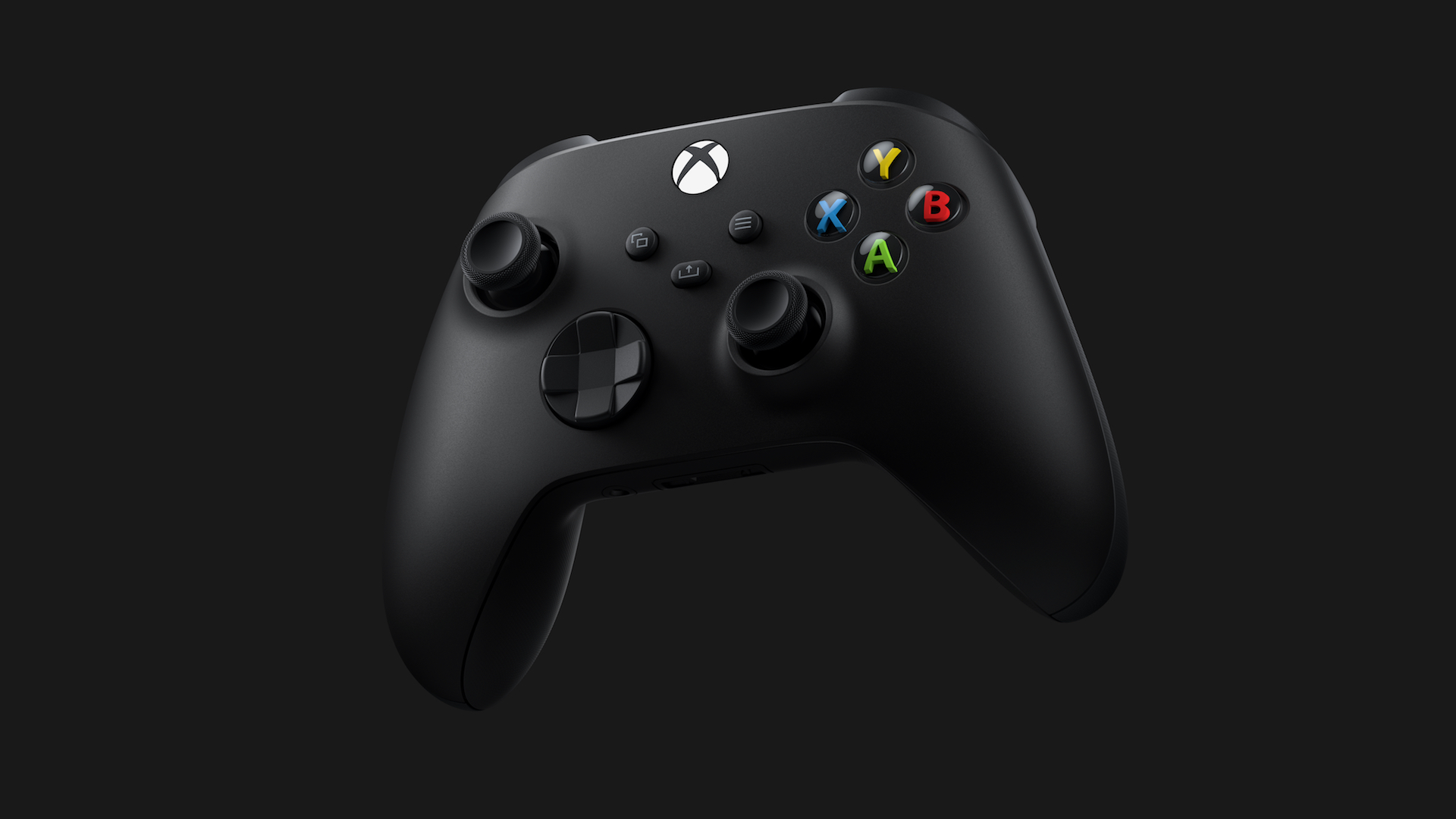Over the past few weeks, with the PS5 and Xbox Series X’s specs having been revealed to us, many have zoomed in on a few particular aspects of both machines, and the clock speeds of both their GPUs has been a pretty hot topic of discussion. As far as teraflops are concerned, the Xbox Series X is ahead of its competition in terms of pure numbers, but just how relevant or pertinent the whole teraflops debate is is a question that’s emerged as a result.
And according to Jason Ronald, partner director of program management – or, more simply, the person leading development of the Xbox Series X – Microsoft themselves took a much more holistic view of things. Rather than obsessing over having a large number of teraflops, Microsoft focused more on the end-to-end performance of the console, in terms of both CPU and GPU- and to that end, designed the Xbox Series X’s Velocity Architecture.
“To me, it’s about the end-to-end performance of the system,” Ronald said in an interview with Eurogamer. “It’s not one aspect versus another. What was critically important to us was sustained levels of performance, unlike anything you’ve seen before. And we designed the system to be a well balanced system with no bottlenecks or no compromises in any area… whether it’s the CPU performance or the GPU performance – we were at the upper bounds of what was capable with a traditional rotational drive, so we knew we had to invest in things like SSD level IO performance. We designed the Xbox Velocity Architecture to be the ultimate solution for asset streaming.”
Ronald says that more than anything else on a zoomed in scale, Microsoft’s primary purpose with the Xbox Series X has been make multiple high-end components work together in order to “define what’s possible in this next generation.”
“What it comes down to is innovation and the integration between hardware and software,” he said. “Look at something like the Velocity Architecture. That’s a combination of the NVMe SSD, a dedicated hardware decompression block, a new file system API called Direct Storage, and then new innovation even on top of that called Sampler Feedback Streaming, which is what allows us to have an effective memory multiplier beyond what’s in the physical memory. You also look at something like Variable Rate Shading. Not only do we have 12 teraflops of GPU power, but developers can be that much more efficient in how they use it. They can actually deliver results even beyond the raw teraflops that are in the box.
“So to me it’s more about how the system’s used and the integration of hardware and software that will define what’s possible in this next generation.”
How effectively developers – both first and third party – end up using this clearly impressive hardware remains to be seen. It’s fair to say that yesterday’s gameplay debut of several third party games was not the next-gen showcase many were hoping for. But with a few months still left between now and the Xbox Series X’s launch, Microsoft have more than enough time (and plenty planned, apparently) to flex their muscles.
Perhaps at that July first party-focused event? Here’s hoping.















